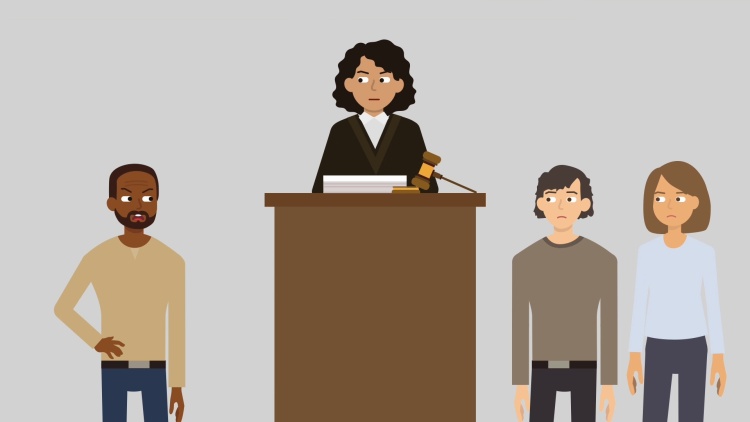Piner v. Superior Court
Arizona Supreme Court
962 P.2d 909 (1998)
- Written by Lauren Petersen, JD
Facts
While driving to work one morning, William Piner (plaintiff) stopped his truck to let a pedestrian cross the street. While stopped, a vehicle driven by Billy Jones (defendant) hit Piner’s truck from behind. Although Piner telephoned his physician shortly afterward complaining of pain in his neck, back, arm, and head he was not able to obtain an appointment for several days. Later that same day, Piner was driving to lunch when the car ahead of him stopped to let some pedestrians cross the street. Piner stopped and was again hit from the rear by a vehicle driven by Cynthia Richardson (defendant). Piner again telephoned his physician complaining of similar pain that he experienced earlier that morning. Piner’s treating physician could not attribute any particular part of his injuries to one accident or the other. Piner filed suit against Jones and Richardson alleging indivisible injuries resulting from the successive impacts. All parties agreed that both collisions contributed to Piner’s total injuries but neither defendant could apportion fault. Piner moved for partial summary judgment arguing that in an indivisible injury case the defendants bear the burden of proving apportionment and if they cannot then they should be jointly and severally liable for the entire amount. The trial court denied Piner’s motion, but allowed Piner to file a special action to appeal the court’s decision with respect to the apportionment issue. The court of appeals declined to hear Piner’s case. The Arizona Supreme Court granted certiorari to determine which rule of liability applied in cases in which successive acts of negligence combined to produce separate but indivisible injuries.
Rule of Law
Issue
Holding and Reasoning (Feldman, J.)
What to do next…
Here's why 899,000 law students have relied on our case briefs:
- Written by law professors and practitioners, not other law students. 47,000 briefs, keyed to 994 casebooks. Top-notch customer support.
- The right amount of information, includes the facts, issues, rule of law, holding and reasoning, and any concurrences and dissents.
- Access in your classes, works on your mobile and tablet. Massive library of related video lessons and high quality multiple-choice questions.
- Easy to use, uniform format for every case brief. Written in plain English, not in legalese. Our briefs summarize and simplify; they don’t just repeat the court’s language.






